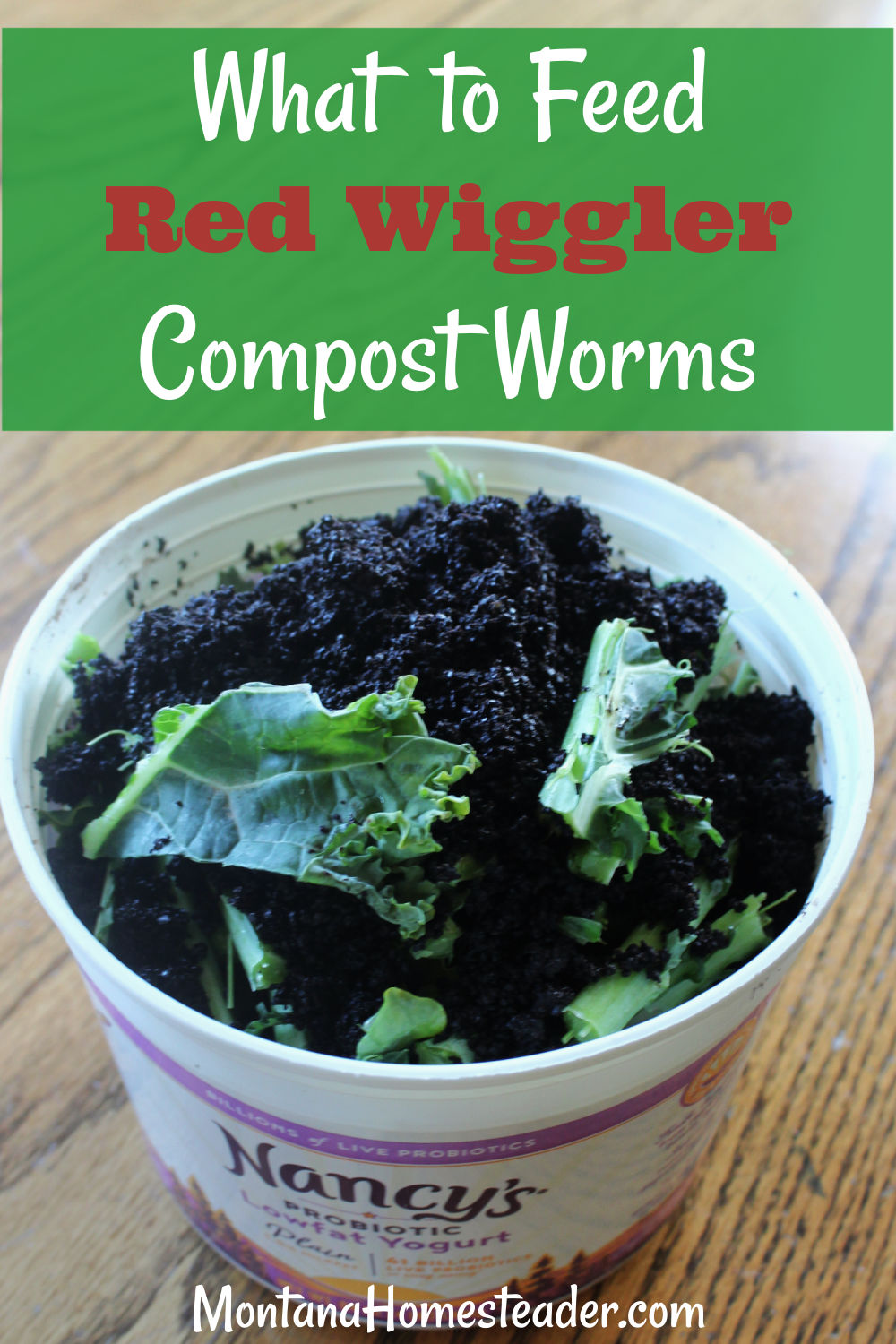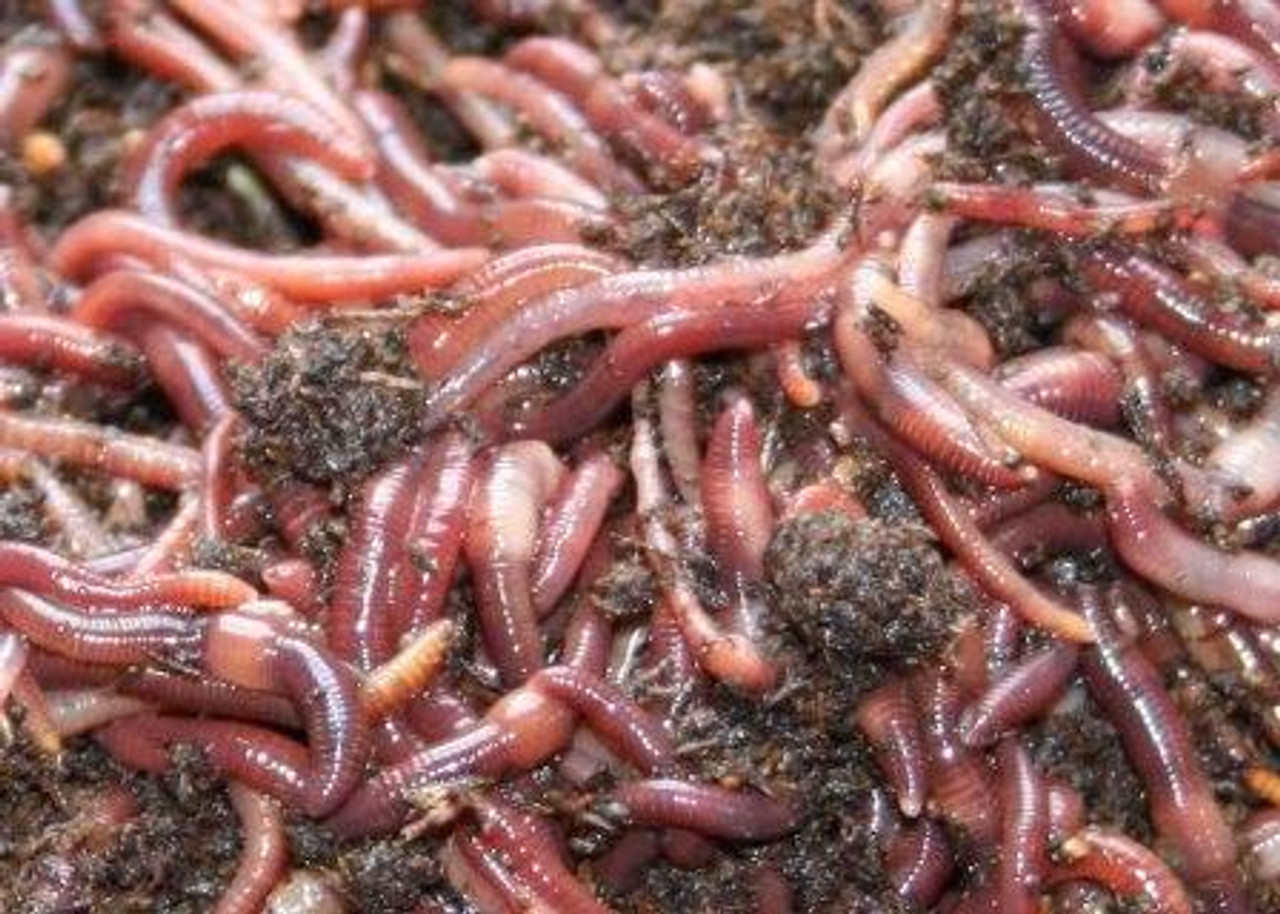Take Care of Your Lawn with the Best Products from Lake Hickory Bait
Take Care of Your Lawn with the Best Products from Lake Hickory Bait
Blog Article
Red Wigglers: The Unsung Heroes of Organic Waste Recycling
Red wigglers, or Eisenia fetida, offer as vital agents in the natural waste reusing process, changing disposed of materials right into useful vermicompost. As the world increasingly looks for services to combat waste build-up and improve farming efficiency, understanding the duty of these worms ends up being vital.
What Are Red Wigglers?
The remarkable strength of red wigglers, clinically called Eisenia fetida, emphasizes their important role in natural waste recycling. These small, reddish-brown earthworms are commonly discovered in breaking down natural matter, such as garden compost piles and manure lots. Lake Hickory Bait. Unlike other earthworm varieties, red wigglers flourish in nutrient-rich settings and are highly reliable at breaking down natural materials, making them necessary for vermicomposting

(Red Wiggler Express)Along with their function in waste decrease, red wigglers add to soil health by enhancing dirt framework and oygenation through their tunneling activities (Lake Hickory Bait). Their existence in composting systems not just boosts decomposition rates however likewise advertises a lasting strategy to waste management, showing their value in eco-friendly preservation initiatives
Benefits of Composting With Worms
Composting with worms, particularly red wigglers, offers various advantages that improve both waste administration and soil health and wellness. These worms effectively break down organic waste, converting it into nutrient-rich vermicompost that enhances soil. This process accelerates decomposition, permitting a much faster recycling of kitchen area scraps and various other natural materials compared to conventional composting methods.
Additionally, the vermicompost generated by red wigglers is including advantageous bacteria, which help boost dirt structure, aeration, and moisture retention. This boosts the general health and wellness of plants, promoting strenuous development and enhanced yields in yards and agricultural settings. The usage of worms in composting reduces the manufacturing of greenhouse gases, such as methane, adding to a more lasting waste administration system.

Exactly How to Beginning Vermicomposting
Developing a vermicomposting system is a simple procedure that can yield considerable benefits for both waste management and soil enrichment. To start, pick a suitable container, such as a plastic container or wood box, with appropriate air flow holes to make certain proper air flow. The measurements should ideally be about 2 feet by 3 feet, permitting sufficient area for the worms to prosper.
Following, prepare bed linens product, which can be composed of shredded paper, cardboard, or coconut coir. This bed linen needs to be dampened to produce an appropriate environment for the worms. When the bed linen is in place, introduce red wigglers (Eisenia fetida) into the container, generally around one pound of worms for every square foot of surface area.
Following the positioning of worms, include natural waste, such as fruit and veggie scraps, coffee grounds, and crushed eggshells. Stay clear of including dairy products, meat, or oils, as these can produce odors and bring in parasites. Position the container in a shaded, temperature-controlled area to maintain optimum problems for worm activity. With these steps, you will effectively launch a vermicomposting system that adds to sustainable waste management and improves your soil.
Keeping a Healthy Worm Container
(Lake Rhodhiss Bait)Keeping a worm container flourishing calls for routine focus and like ensure the health and wellness of the red wigglers and the efficiency of the composting procedure. Proper upkeep starts with checking the moisture degrees; the container ought to be moist yet not soaked. An excellent guideline is to keep a consistency comparable to a wrung-out sponge.
Aeration is critical. Gently mixing the bed linens and food scraps every few weeks avoids compaction and makes certain that all worms have access to oxygen. Furthermore, it is vital to feed the worms appropriately. A well balanced diet regimen of vegetables and fruit scraps, coffee grounds, and smashed eggshells need to be offered in moderation to prevent overfeeding, which can bring about odors and insects.
If the container ends up being as well hot or cold, the worms may come to be worried. By carefully handling these elements, one can maintain a durable and effective worm bin.
Influence On Sustainable Living
The effective upkeep of a worm container not only benefits the wellness of red wigglers however likewise contributes considerably to lasting living techniques. By recycling organic waste, such as cooking area scraps and backyard debris, red wigglers help draw away considerable quantities of product from landfills. This decrease in waste not only decreases greenhouse gas exhausts however also decreases the environmental burden related to waste administration.
Furthermore, the spreadings created by red wigglers act as a nutrient-rich organic fertilizer, improving soil health and wellness and promoting plant development. This natural choice to chemical fertilizers sustains sustainable farming and gardening methods, reducing dependence on synthetic inputs that can hurt communities. In addition, worm composting fosters recognition of waste management, urging individuals and neighborhoods to adopt more lasting habits.

Conclusion
In recap, red wigglers offer as vital contributors to organic waste recycling through their effective decay of organic materials. Their capability to create nutrient-rich vermicompost improves soil health and wellness and supports sustainable agricultural practices. By integrating vermicomposting into waste management strategies, individuals and communities can significantly reduce waste while promoting ecological sustainability. The duty of Eisenia fetida in cultivating healthy and balanced environments highlights the value of these organisms in accomplishing sustainable living and enhancing dirt fertility.
Report this page